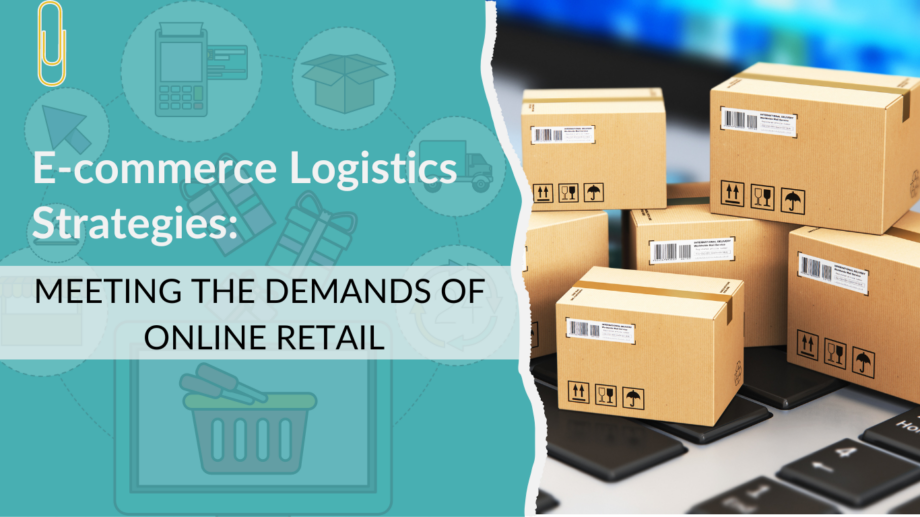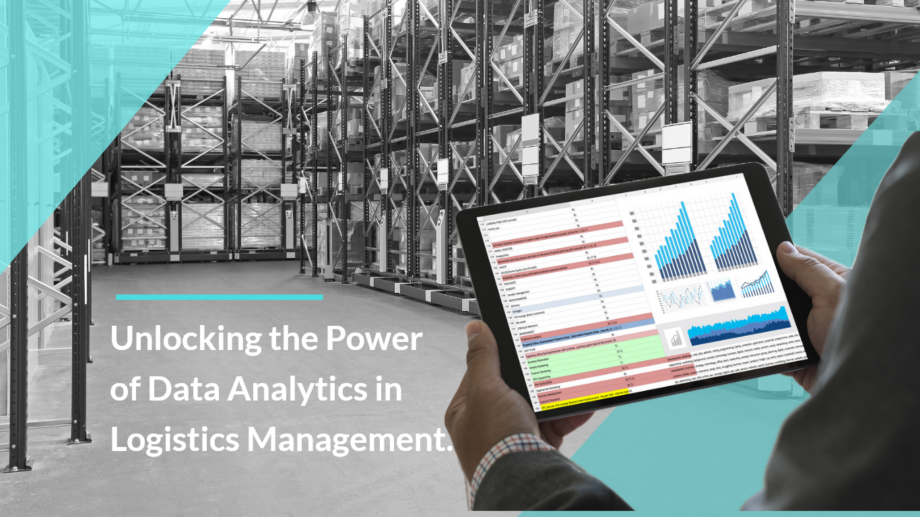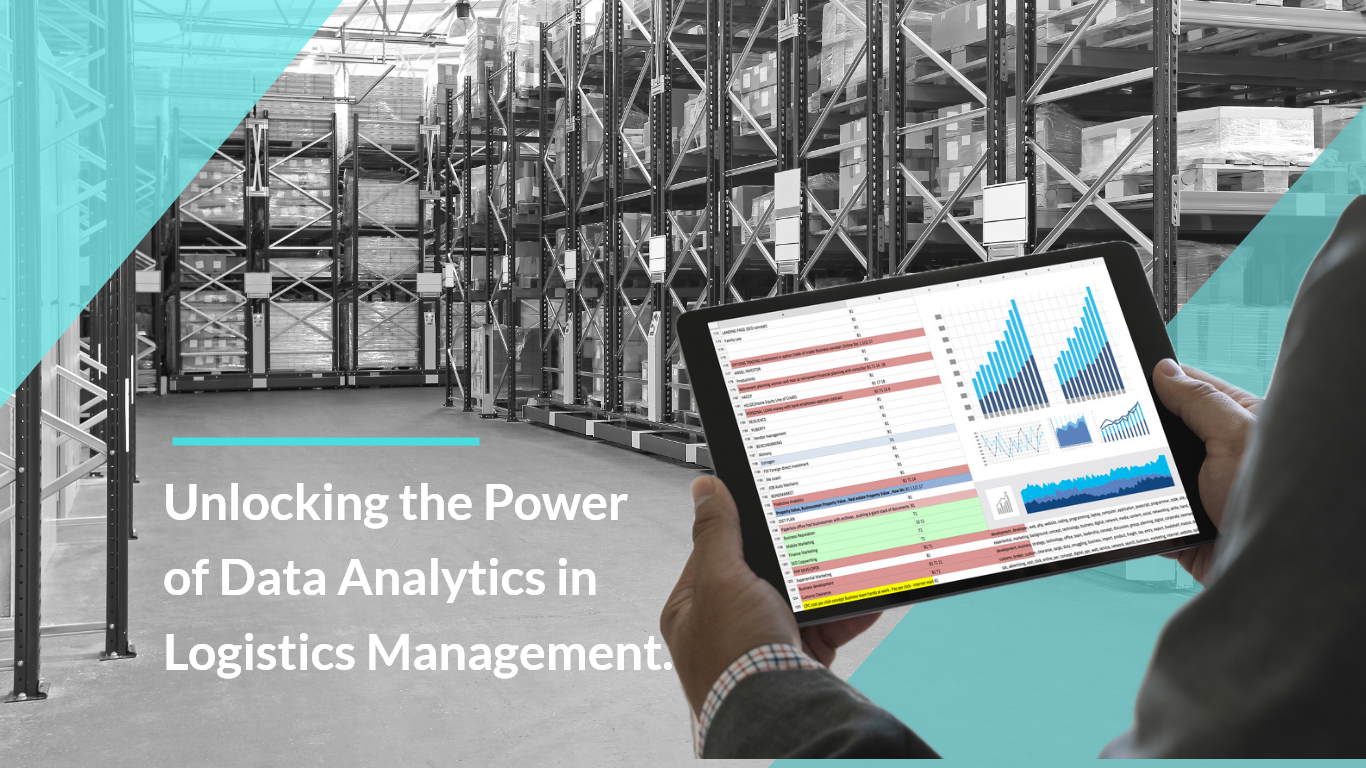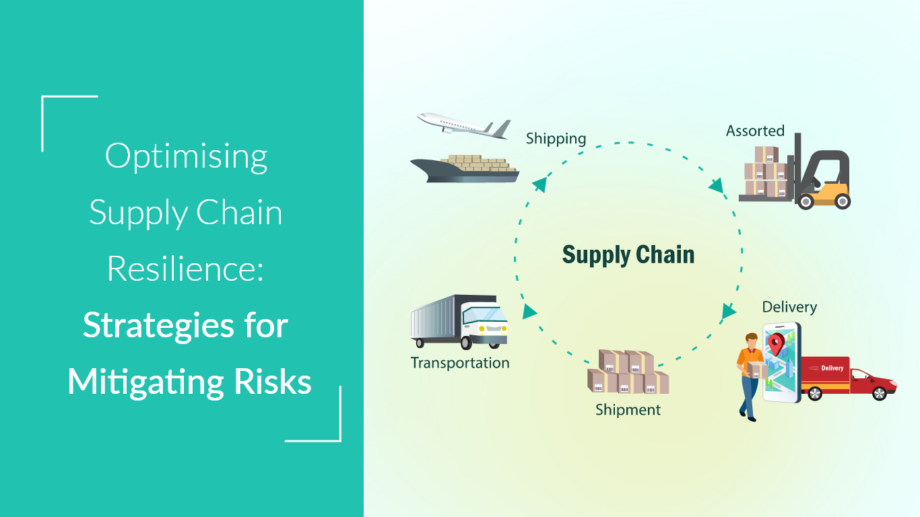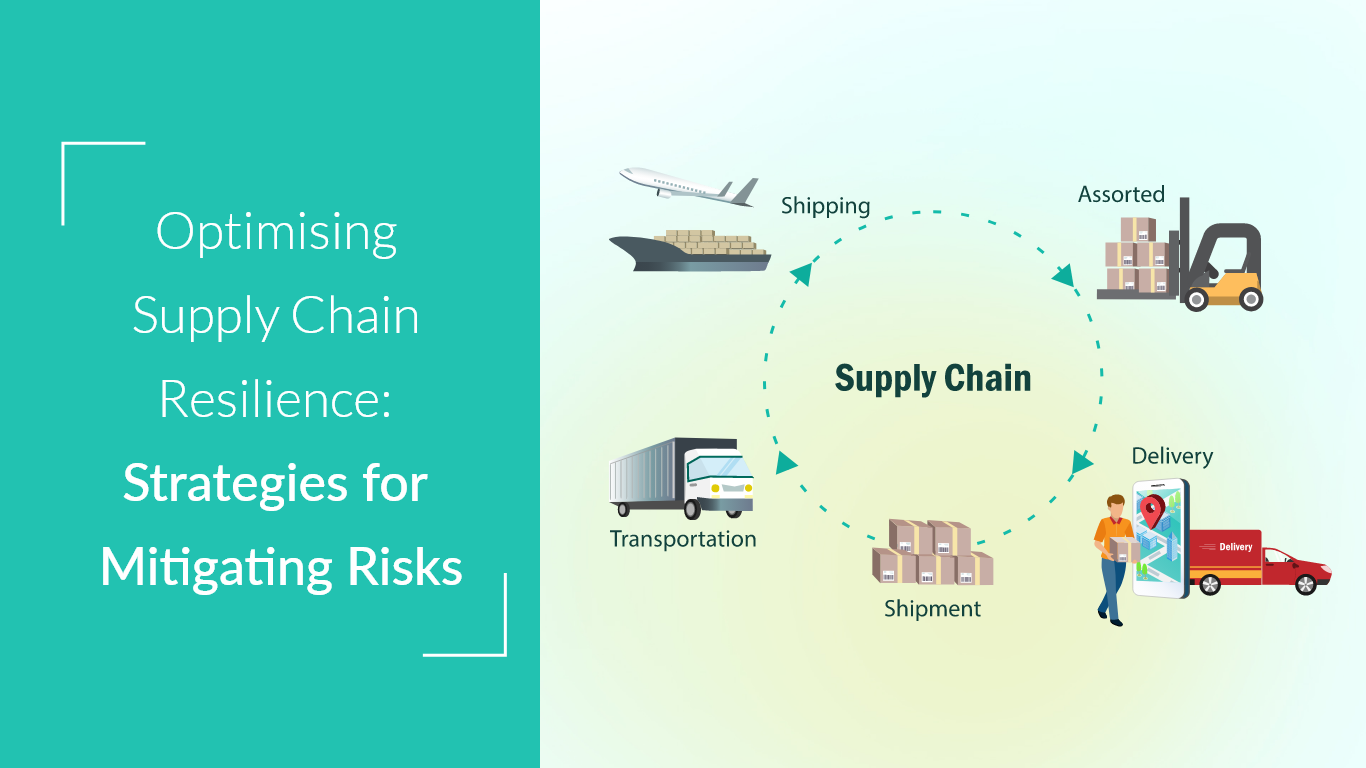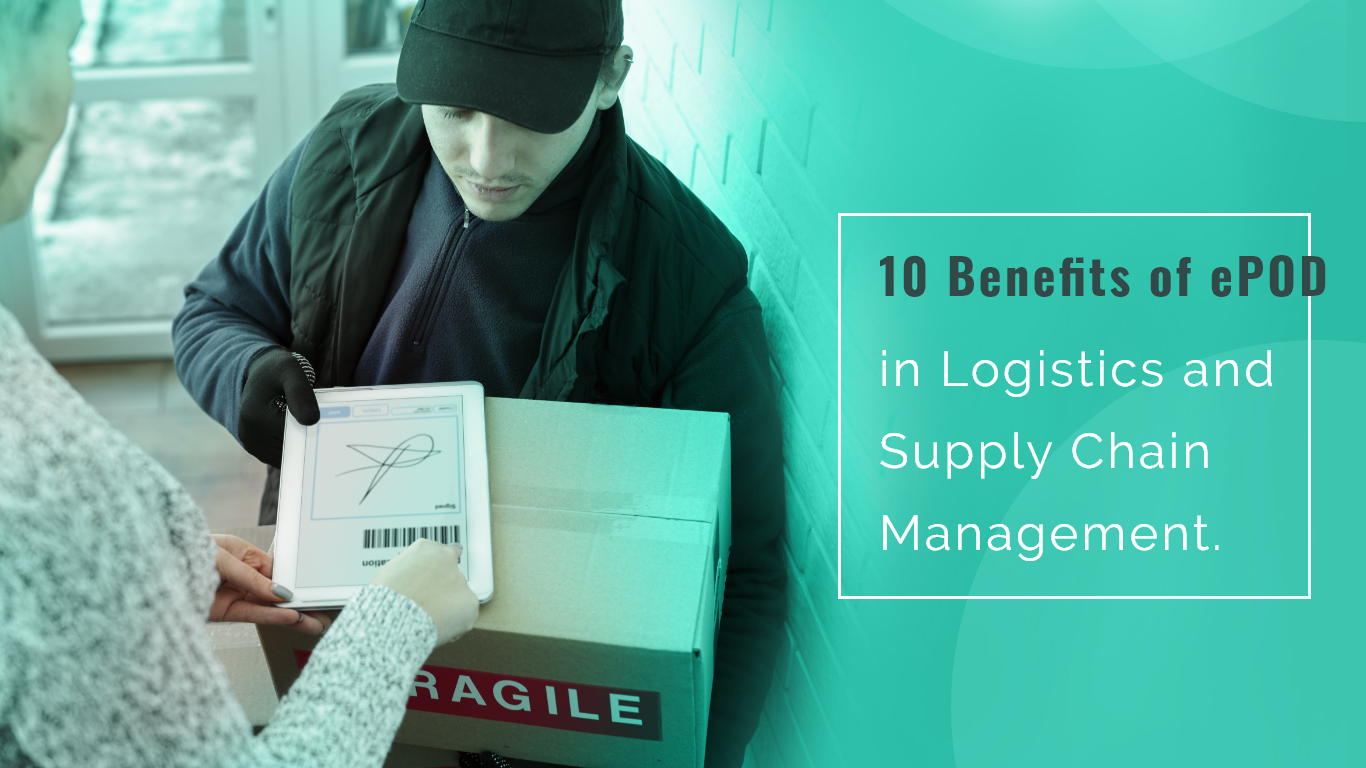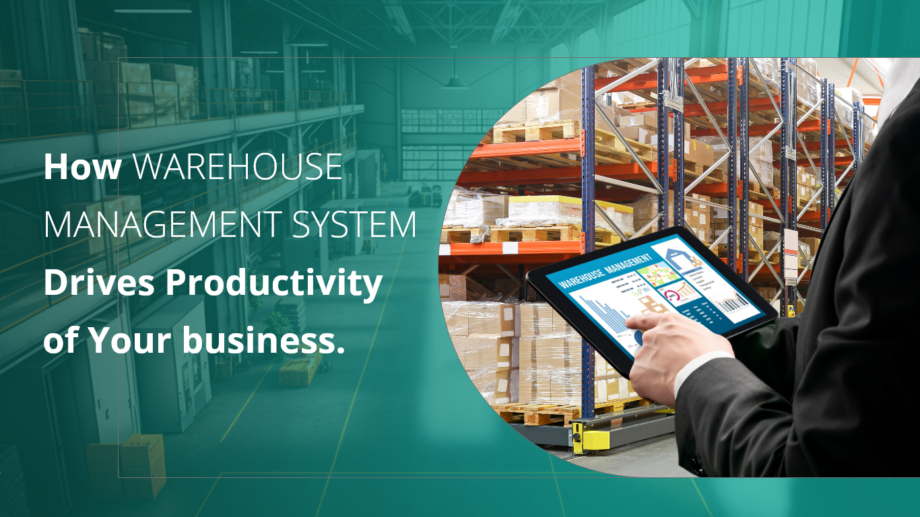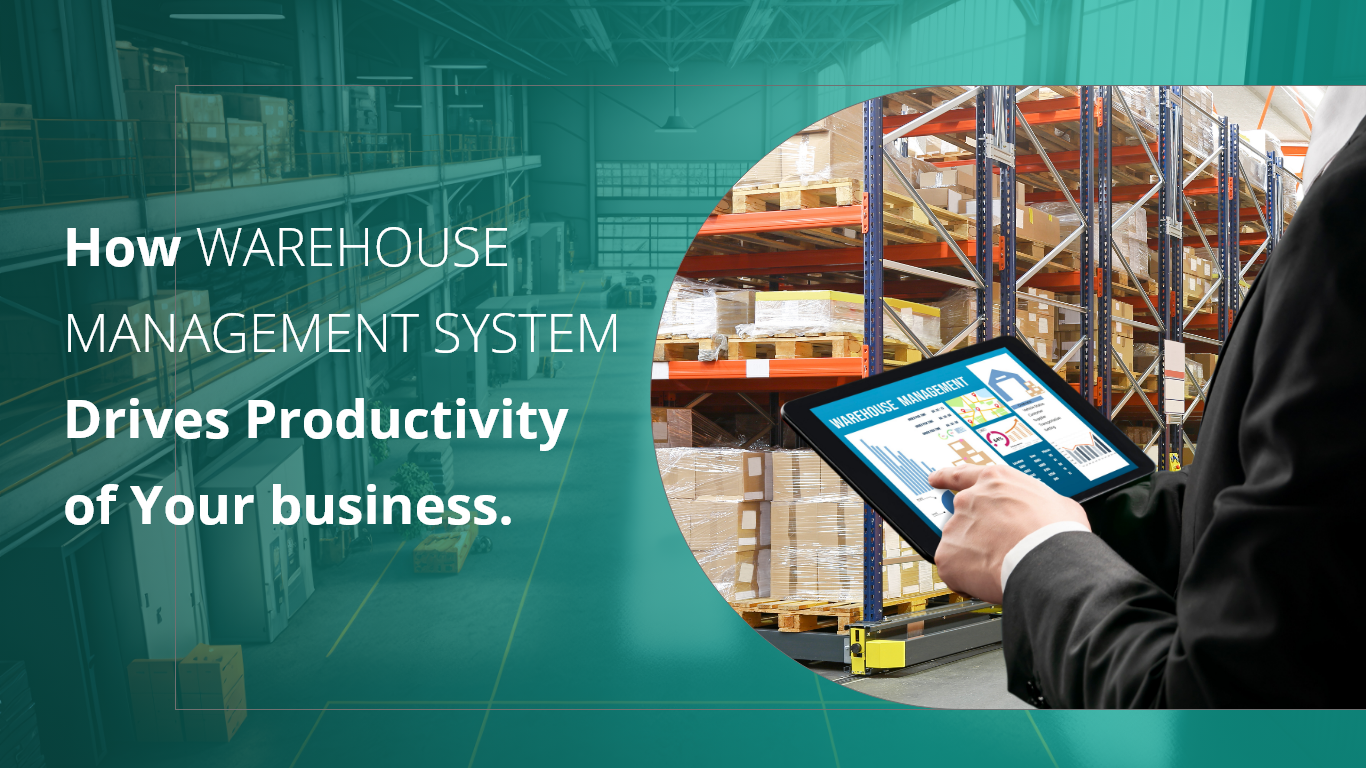The rapid growth of e-commerce has transformed the logistics landscape, presenting challenges and opportunities for logistics providers. As consumer expectations continue to evolve, with demands for faster delivery, seamless returns, and personalised experiences, logistics professionals must adapt their strategies to cater to the unique needs of the online retail landscape.
Effective e-commerce logistics requires a multifaceted approach, integrating advanced technologies, streamlined operations, and customer-centric services. By optimising their fulfilment processes, enhancing visibility across the supply chain, and leveraging data-driven insights, logistics providers can position themselves as essential partners to e-commerce businesses, driving operational excellence and superior customer satisfaction.
Challenges in E-commerce Logistics
- Rapid Order Fulfilment
The rise of e-commerce has fueled consumer expectations for faster and more reliable delivery, with many shoppers now expecting their orders to arrive within 1-2 days. Keeping up with this demand for speed and agility requires logistics providers to rethink their fulfilment strategies, invest in advanced technologies, and ensure seamless coordination across the supply chain. - Efficient Last-Mile Delivery
The last-mile of the delivery process is often the most complex and costly aspect of e-commerce logistics. Factors such as urban congestion, varied customer preferences, and the need for personalised delivery experiences can create significant operational challenges for logistics providers.
- Reverse Logistics and Product Returns
High rates of product returns are a common reality in the e-commerce landscape, and effectively managing the reverse logistics process is essential for maintaining customer satisfaction and minimising costs. From streamlining the returns process to extracting maximum value from returned items, logistics providers must develop robust reverse logistics strategies. - Data-Driven Decision Making
The e-commerce environment generates vast amounts of data, from customer purchasing behaviour to delivery performance metrics. Leveraging this data to drive informed decision-making, optimise operations, and enhance the customer experience is a crucial, yet often complex, undertaking for logistics providers.
Key features for e-commerce on LogixPlatform include:
- Intelligent Order Fulfilment and Inventory Management
Automated order processing, real-time inventory tracking, and advanced forecasting algorithms to ensure rapid, accurate, and cost-effective fulfilment of e-commerce orders. This can include features like distributed order management, multi-channel inventory visibility, and demand planning. - Optimised Last-Mile Delivery
Sophisticated route planning and fleet management capabilities to streamline the last-mile delivery process, minimise costs, and enhance the customer experience. This may involve features such as dynamic route optimization, delivery tracking and notifications, and flexible delivery options.
- Seamless Reverse Logistics
Integrated returns management systems to simplify the product returns process, minimise handling costs, and maximise the recovery of value from returned items. This includes capabilities for automating returns processing, enabling seamless customer self-service, and facilitating resale or recycling of returned goods. - Data Analytics and Business Intelligence
Robust data reporting, predictive analytics, and business intelligence tools to transform e-commerce logistics data into actionable insights. This can help logistics providers optimise their operations, identify areas for improvement, and make more informed, data-driven decisions. - Omnichannel Integration
Seamless integration with e-commerce platforms, online marketplaces, and other sales channels to enable a cohesive, end-to-end logistics experience for both businesses and customers. This includes features like order aggregation, inventory synchronisation, and unified customer service.
By leveraging logixPlatform’s comprehensive e-commerce solution, logistics providers can enhance their operational capabilities, improve customer satisfaction, and position themselves as strategic partners to online retailers. Highly advanced LogixPlatform empowers organisations to meet the evolving demands of the e-commerce landscape, driving sustainable growth and competitive advantages in the dynamic world of digital commerce.
Conclusion
The exponential growth of e-commerce has created both challenges and opportunities for logistics providers. To succeed in this rapidly evolving landscape, organisations must embrace innovative strategies, technologies, and partnerships that enable them to deliver faster, more efficient, and more customer-centric logistics services.
To see how LogixPlatform can enable efficient logistics for e-commerce, book a free expert walkthrough.
By investing in specialised e-commerce logixPlatform, logistics providers can unlock the data-driven insights, operational efficiencies, and customer-focused capabilities needed to thrive in the digital age. As the e-commerce market continues to expand, those logistics providers that can adapt and innovate will be well-positioned to capture a larger share of this lucrative and rapidly growing industry.


